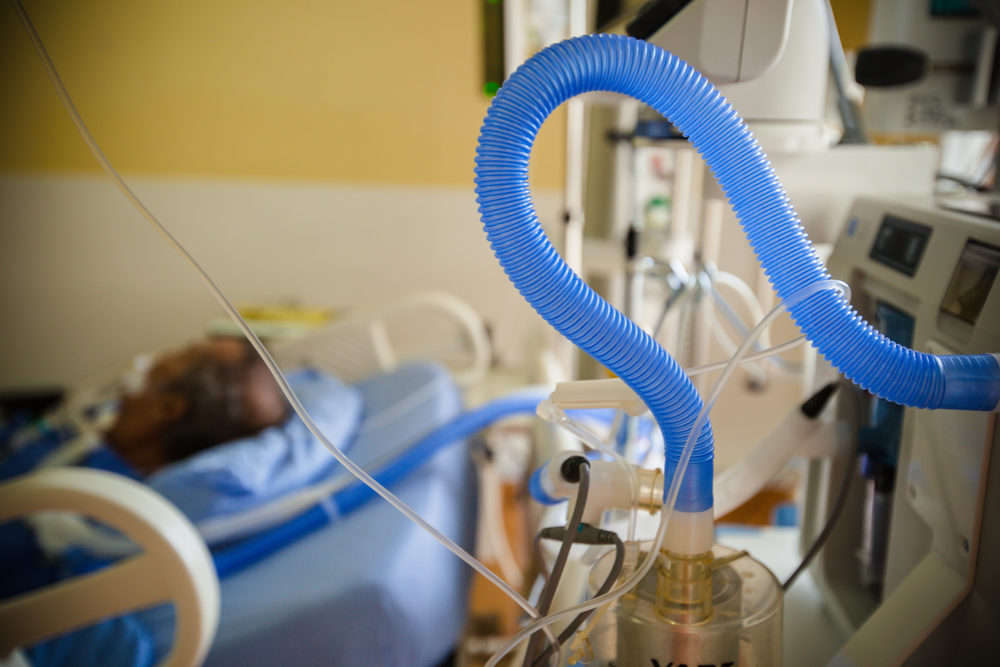ICU Delirium Linked to Longer Hospital Stays, But Not Increased Mortality: Study
Length of coma played more of a role in increased mortality, more so than the occurrence of mechanical ventilation delirium in the ICU

Patients who suffer mechanical ventilation delirium in the intensive care unit (ICU) often have longer hospital stays, but do not face an increased risk of death, according to the findings of a new study.
Researchers from Taiwan found that more than half of patients placed on mechanical ventilation developed ICU delirium, and more than a third were placed in a coma for an average of three days. While there was no link between mechanical ventilated patients experiencing delirium and increased mortality, the research indicated patients who spent more days in a coma faced an increased risk of death.
The findings were published last week in the medical journal JAMA Network Open, involving a prospective cohort study of 267 critically ill patients receiving mechanical ventilation at six intensive care units (ICUs) at a university affiliated tertiary hospital in Taiwan from August 2018 to October 2020.
Participants were assessed daily for the development of delirium and coma status over 14 days until ICU discharge or death. Researchers used the Confusion Assessment Method of the Intensive Care Unit and the Richmond Agitation-Sedation Scale to determine delirium status.
Overall, 55% of patients developed delirium after being mechanically ventilated in the ICU, and 39% were in a coma for some period of time, on average three days.
Researchers determined that critically ill patients who were ventilated and experienced ICU delirium did not have an increased risk of short-term mortality. In fact, patients who had additional delirium-and-coma-free days (DCFDs) had better survival. For each DCFD, the risk of death was 11% lower at 14 days and 7% lower for any length hospital stay beyond 14 days.
Instead, the data indicated that days spent in a coma were linked with increased risk of dying. The death rate was 18% among patients who had delirium and spent and average of three days in a coma during their first 14 days in the ICU. The mortality rate was 42% for patients who stayed in the hospital longer than the initial 14 days.
Patients who were critically ill and required mechanical ventilation, but also were in a coma, had a higher risk of dying than those who were not in a coma.
Postoperative Delirium Risks
Postoperative delirium, and delirium after mechanical ventilation, are a common problem for older patients. Other research has linked postoperative delirium to increased death rates, poor hospital outcomes, longer hospital stays, and long-term, disabling cognitive impairment.

Did You Know?
Millions of Philips CPAP Machines Recalled
Philips DreamStation, CPAP and BiPAP machines sold in recent years may pose a risk of cancer, lung damage and other injuries.
Learn MoreDelirium can often be caused by sedatives, anesthesia, infection, and electrolyte imbalance. Post-surgical delirium can cost nearly $60,000 per patient when factoring healthcare costs and treatment for underlying causes. It can also lead to serious complications.
This latest research suggests it is not the episodes of delirium or the need for mechanical ventilation that puts a patient at increased risk of death. Instead, it is having been in a coma for any length of time that increases the risk.
Researchers indicated the study’s findings highlight a need for future research focusing on maximizing delirium-and-coma-free days for patients in order to improve patient survival, especially among those who need mechanical ventilation.
Get more articles like this sent directly to your inbox.
"*" indicates required fields





0 Comments